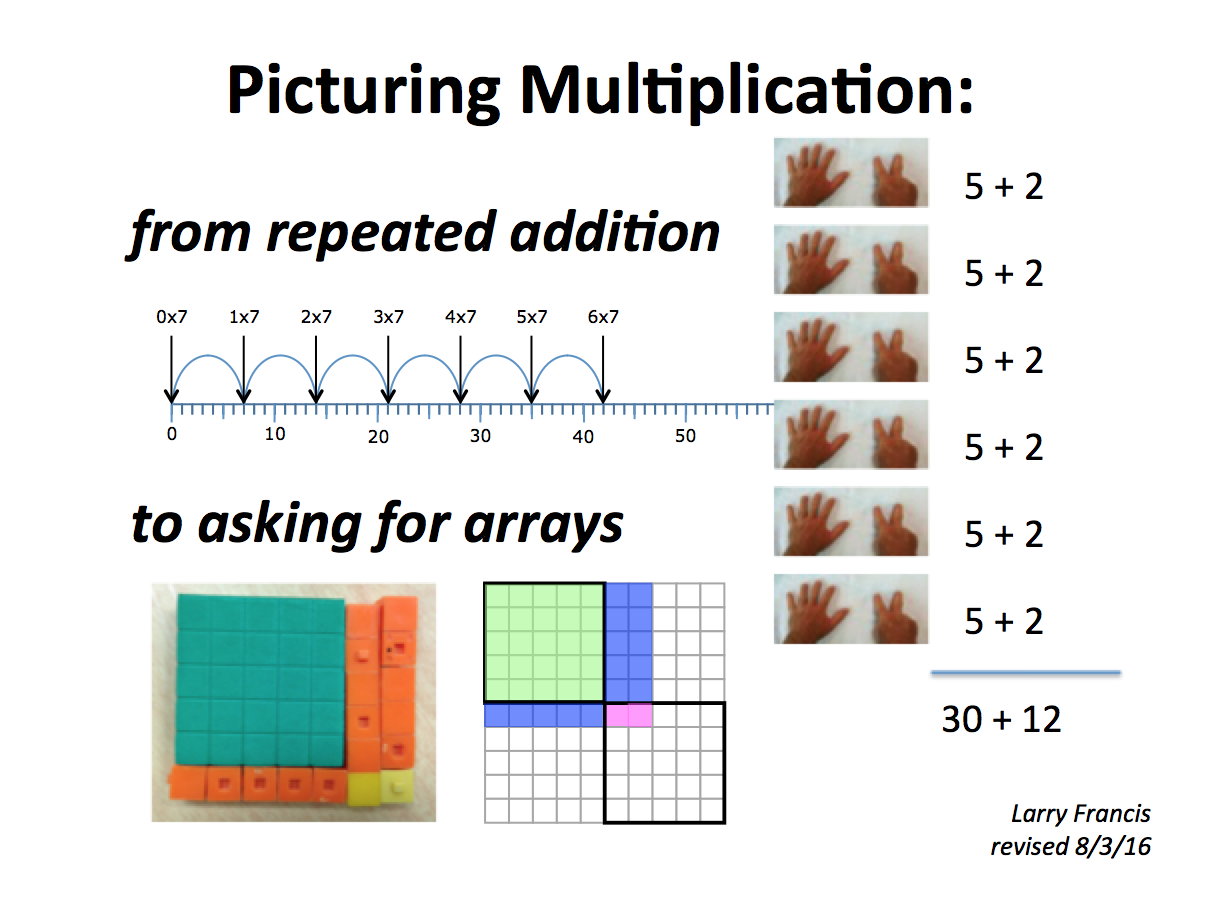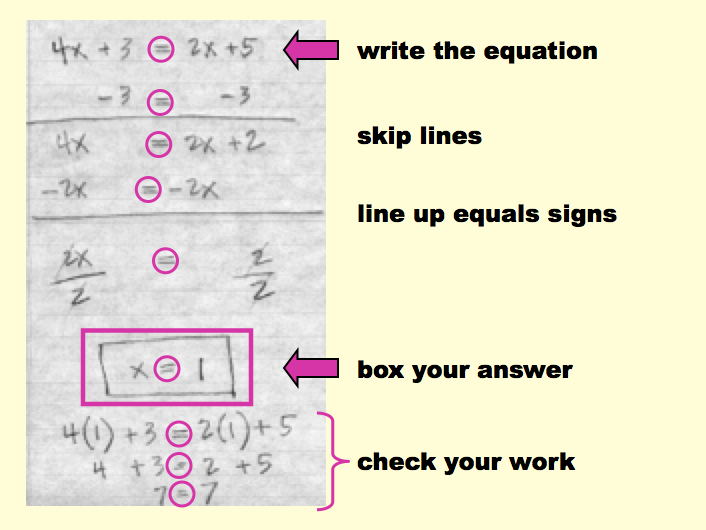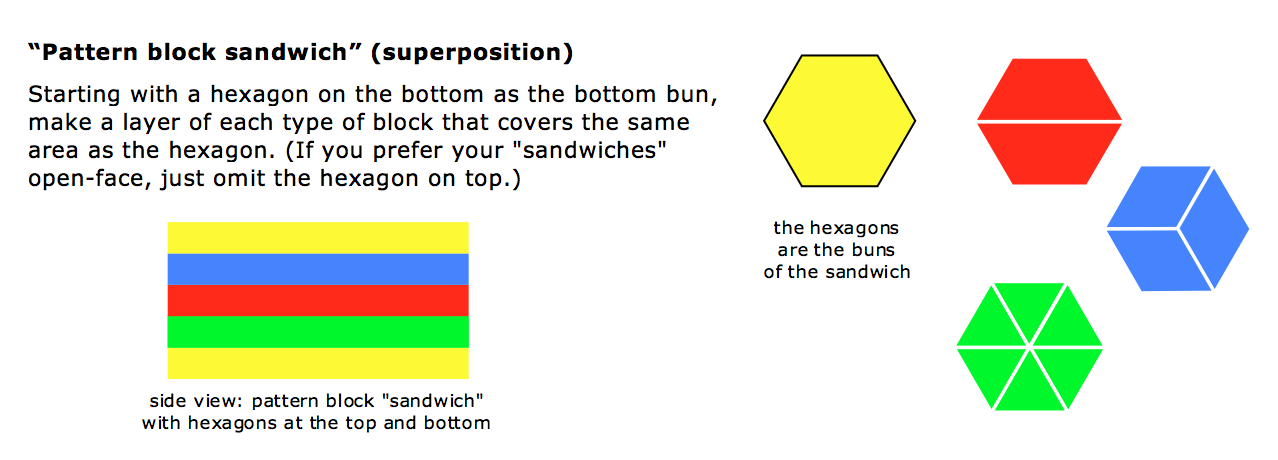Here are some slide shows that might interest you:

and “Arithmetic in Support of Algebra (and Geometry)“, an old overview, exhumed & revised from about 10 years ago,
Here are some slide shows that might interest you:

and “Arithmetic in Support of Algebra (and Geometry)“, an old overview, exhumed & revised from about 10 years ago,
Keeping in mind that Algebra is the destination for our K-8 math students, this section recommends key activities for each grade that bring the Common Core State Standards in Math (CCSSM) for that grade to life, plus references to H. Wu’s Understanding Numbers in Elementary School Mathematics and Teaching School Mathematics: Pre-Algebra and other relevant books and links.
My goal is three-fold:
Teaching math to kids who have fallen behind means you—and they—have to somehow go faster, not slower, in order to catch up to their classmates and be able to relate to and benefit from their grade-level teacher’s instruction.
This section is my attempt to explain the somehow of accelerated remediation: what I think we did to help our students make such extraordinary gains (nearly 1 nationally normed quartile on average).
from Hung-Hsi Wu’s Teaching School Mathematics: Pre-Algebra, American Mathematical Society, 2016.
This race game uses pattern blocks (yellow hexagons, red trapezoids, blue rhombuses—or rhombi—and green equilateral triangles) as concrete representations of units and fractions of units, specifically halves, thirds, and sixths, per the 3rd grade standards. (We declare that our unit will be the area of the top of a yellow hexagon. So

We use a cube (6-sided) die with faces equal to first 6 members of the sixths family (after 0/6): 1/6, 1/3, 1/2, 2/3, 5/6, and 1.